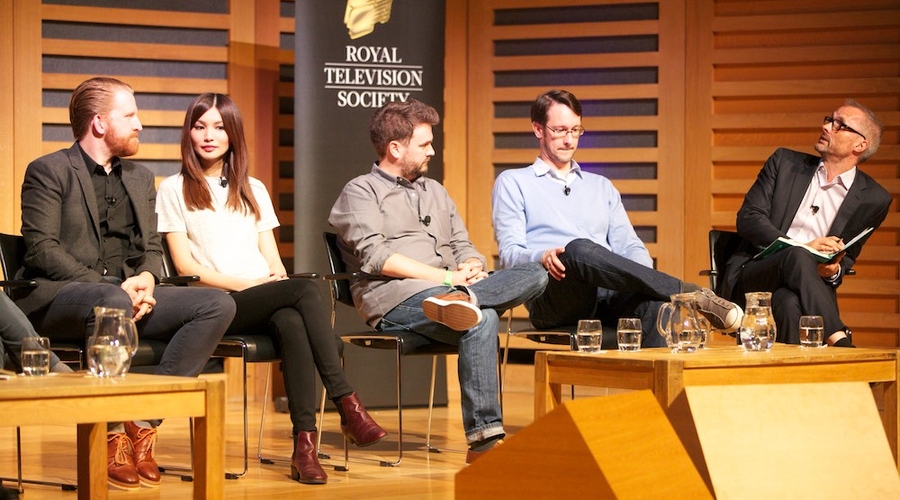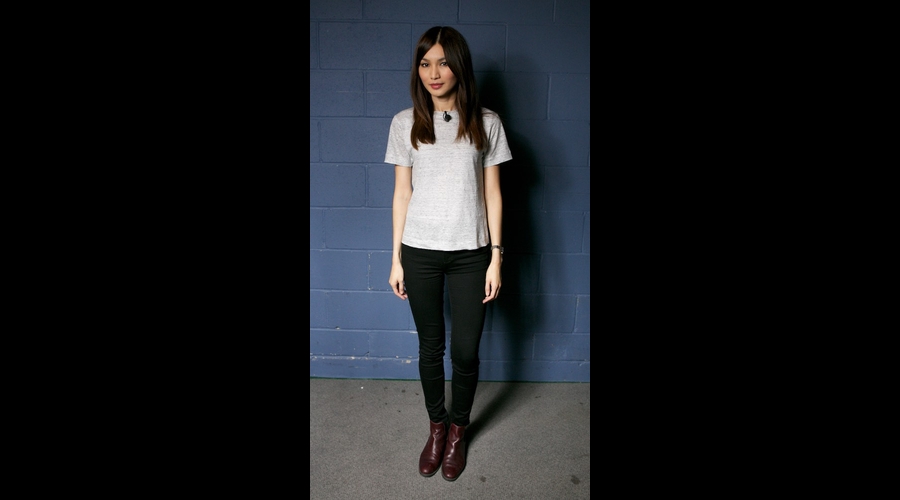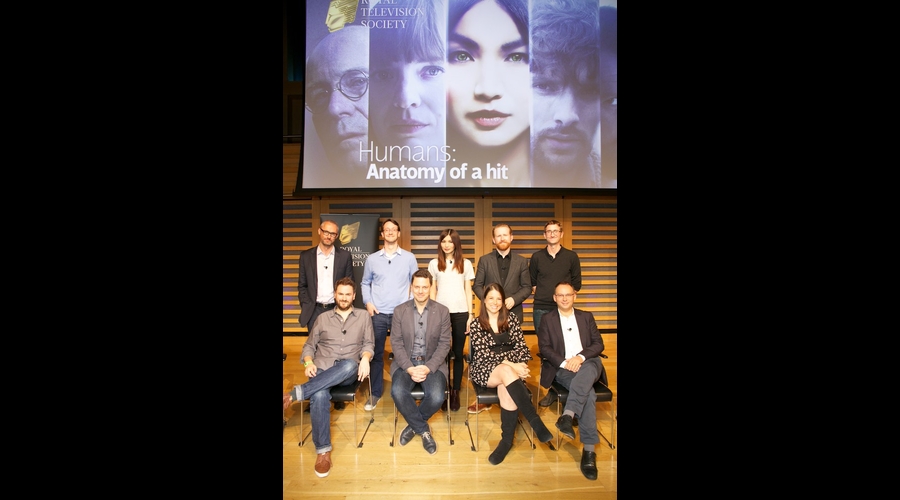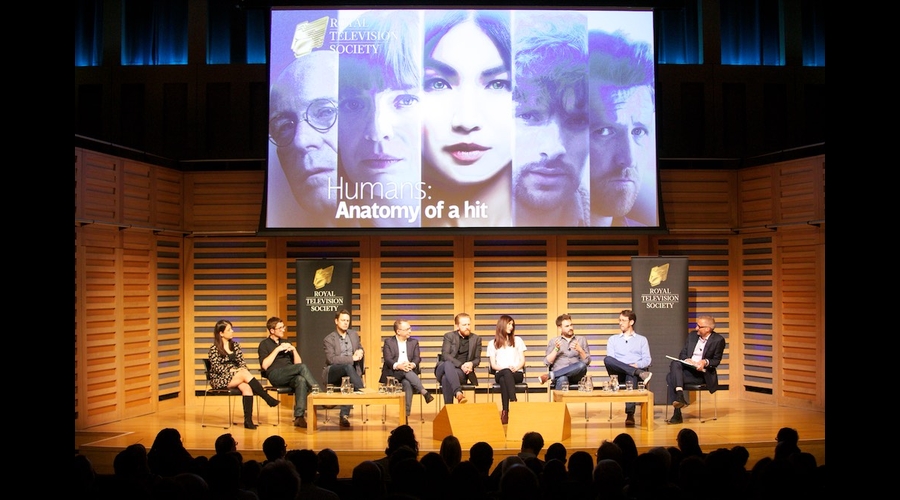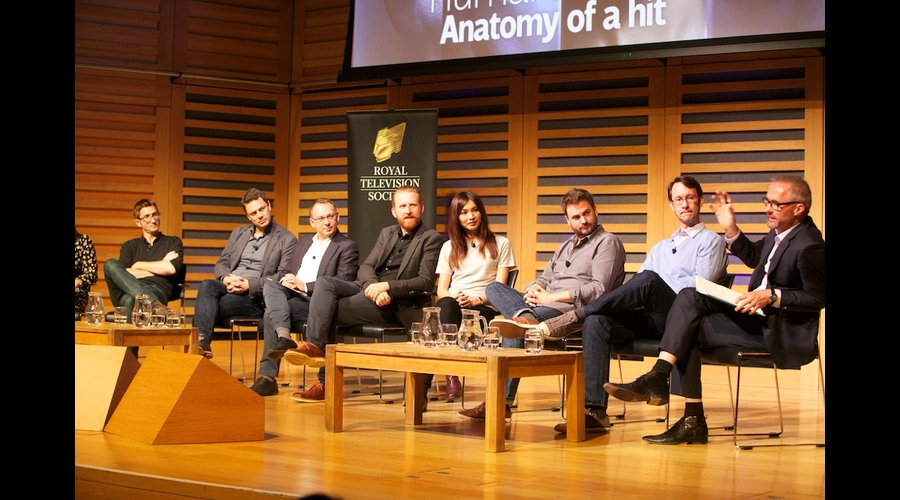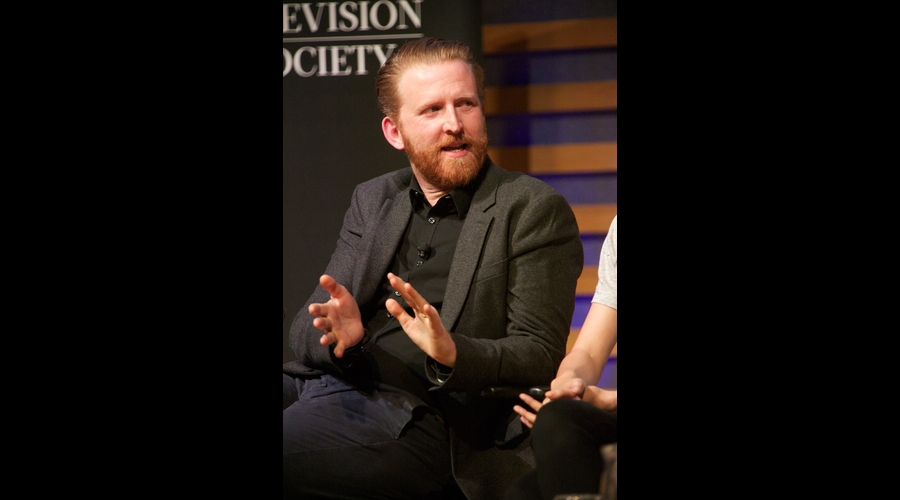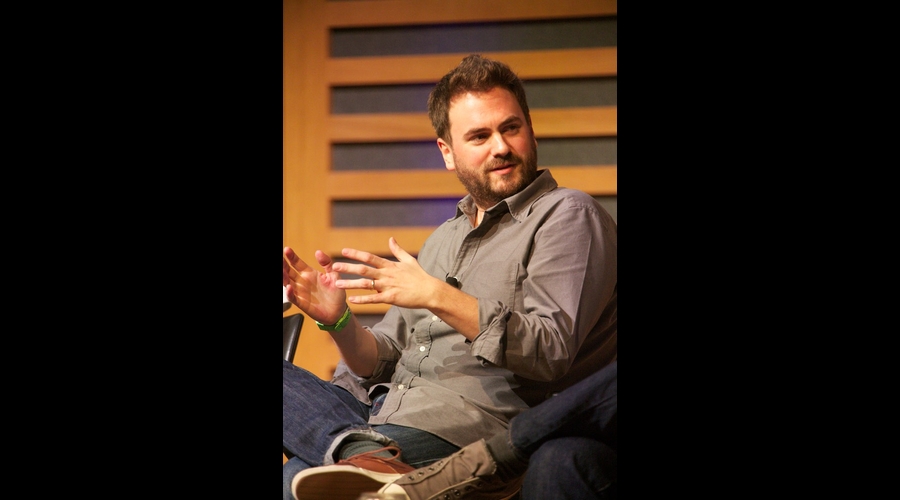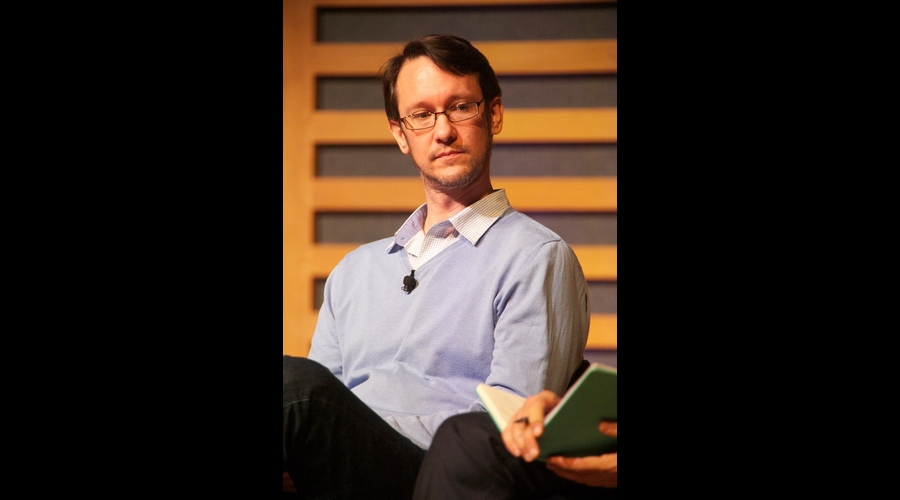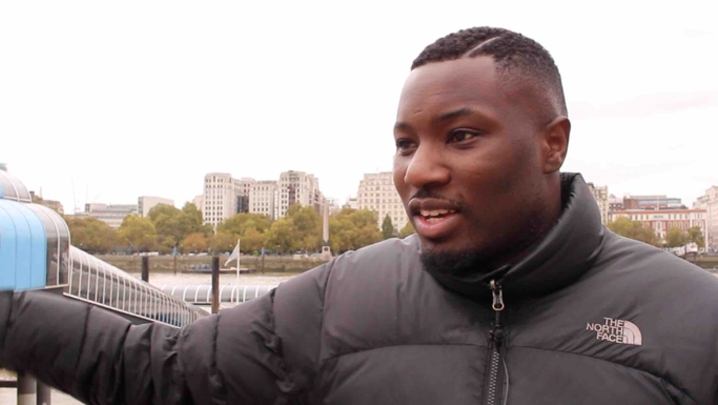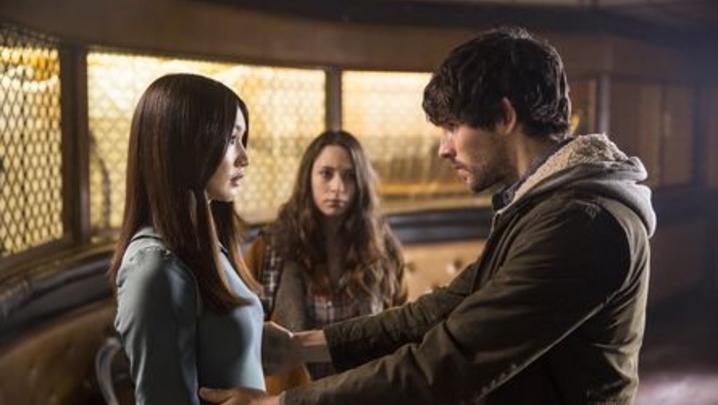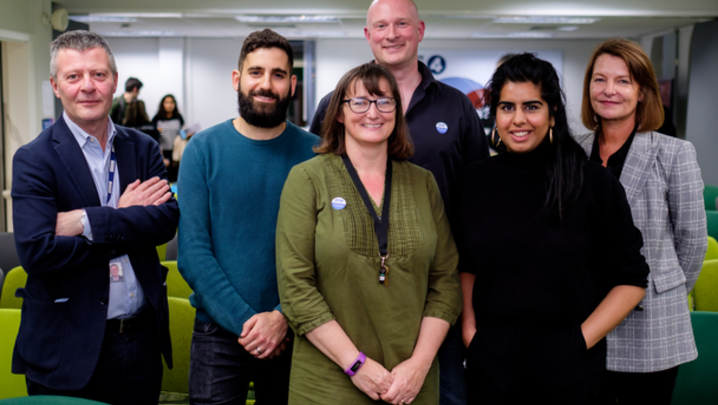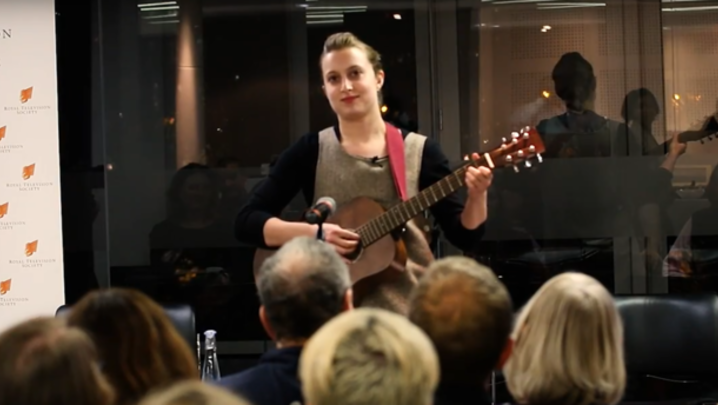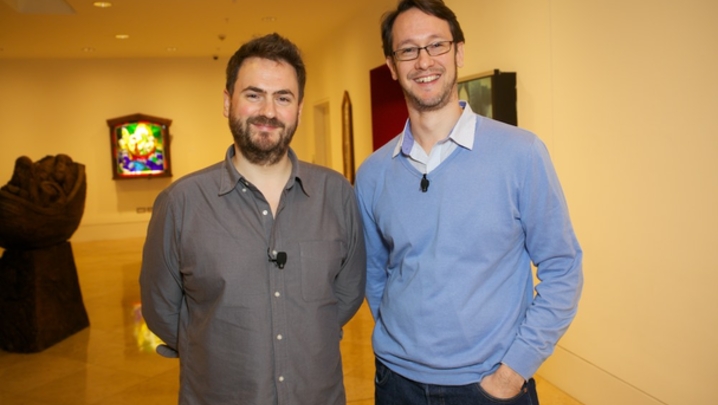A panel of writers and actors discuss what made Channel 4's Humans so successful
The team behind Humans, Channel 4’s most successful drama series for 20 years, has explained why audiences were so captivated by the show.
In the latest of the RTS’s Anatomy of a Hit strand, an eight-strong panel, chaired by journalist Stephen Armstrong, agreed that it was Human’s domestic dimension which set it apart from other fantasy drama.
“The domestic element is probably the key to the show’s popularity,” said Humans co-writer Jonathan Brackley.
“That charmed the viewers. It is a very domestic way into what could be seen as a science fiction show.
“It is a science fiction show, but it was the balance between the domestic aspect and seeing how the family deal with their new technology that brought in a broader and wider audience.”
In Humans, based on Sweden’s award-winning Real Humans, synth Anita (played by Gemma Chan) is bought by a husband to help improve the running of the family household.
The family’s relationships are all affected by Anita’s robotic presence, not least working mum Laura, played by Katherine Parkinson, who feels threatened by Anita.
Brackley’s writing partner Sam Vincent (the two met on Spooks) told the RTS audience that film goers and TV viewers have become familiar with futuristic androids and robots.
Rarely, however, have they exhibited such human characteristics as in the Channel 4 show and the Swedish series on which it is based.
“That was the great central concept of the original,” he said. "One of the reasons why everybody got so excited about it in the first place was that it was a new way into this kind of idea.”
The writers stressed how important it was to set Humans in the real world; the series was filmed in Gerrard’s Cross in London’s commuter belt.
Brackley added that the synths were “the only futuristic technology in this world,” another reason why more up to six million people watched Humans on Channel 4 this summer.
He explained: “It is a parallel world, a parallel present rather than being set in the future.
“We didn’t have to worry about any other advanced technology getting in the way and could focus on this one thing.”
Channel 4’s Deputy Head of Drama, Beth Willis, said despite Humans's strong fantasy element the core of the show was its emphasis on family life.
She said: “The key thing for us was that at the heart of it, it was about life, about motherhood and being a family.
“Laura tries to look after her family and keep it together… It speaks to what every working mother feels, which is her perpetual guilt and terror that they are not doing anything good enough.
“Despite the fact that it was very sci-fi, it felt very human to me. If I had to guess why it worked it’s that central guilt and worry we all feel about family, work and home.”
Humans was a co-production with US cable channel AMC and made by Kudos. A second series has been commissioned.
Humans: Anatomy of A Hit, was an RTS event held at King’s Place, London, on October 27. The producers were Elena Kemp, Jamie O’Neill and Alex Wells.
A full report of the event will be published in the November edition of Television.

